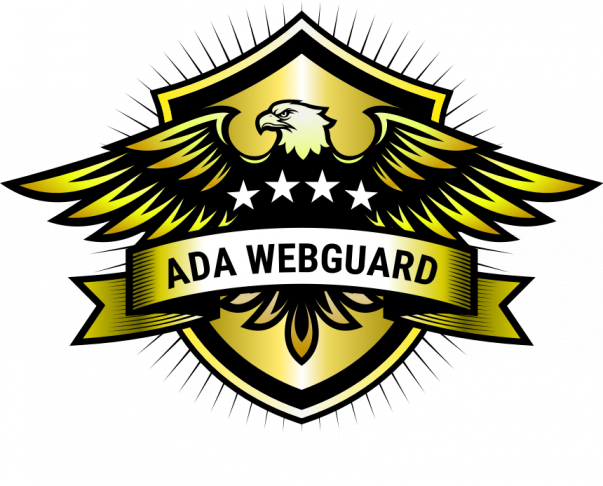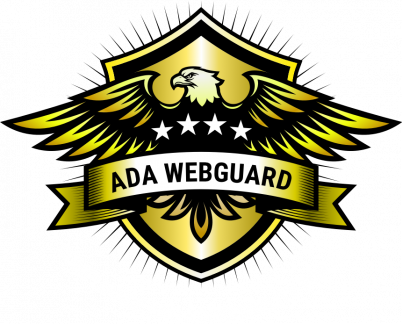Are you thinking about using one of those website accessibilities overlays, plugins, or widgets that puts a toolbar overlay on your website? Think again.
The industry is largely in agreement that only about 33% or 1/3 of website accessibility issues can be detected through automated tools, overlays, or widgets only. Website scans and ADA audits created by the most accessibility companies and experts claiming to flag all of the accessibility deficiencies on a website are completely false. If only about 1/3 can be detected. that means 2/3 or about 66% of accessibility issues must be manually checked. So if there isn’t the technology to even flag all of the errors, what are the odds a technology exists that will “fix” your website to fully meet ADA standards and the WCAG 2.0 & 2.1 AA success criteria.
ADA Website Accessibility overlays claim to detect and fix accessibility issues on a website and are installed by simply adding one or a few lines of code—javascript—to the site. They modify the websites usually only at the browser level, not touching the site’s code. The site is now magically fully accessible and compliant.
There are some things an automated tool can check for and fix. As I mentioned at the beginning of this article, Industry experts estimate that about 1/3 of accessibility issues can be detected. That leaves about 2/3 that need to be dealt with manually, reviewed by a person who is trained and certified in web compliance and accessibility, not an automated tool.
To make your website fully accessible to people with disabilities, there is no alternative to following accepted best practices. Actual ADA compliance starts with a 3-factor WCAG 2.0 & 2.1 AA audit provided by an experienced accessibility consultant or a company like ADA WebGuard, who is trained and understands ADA standards, WCAG success criteria, and programming code. The 3-factor audit consists of:
- Automated auditing 2. Manual testing 3. Assistive technology testing


